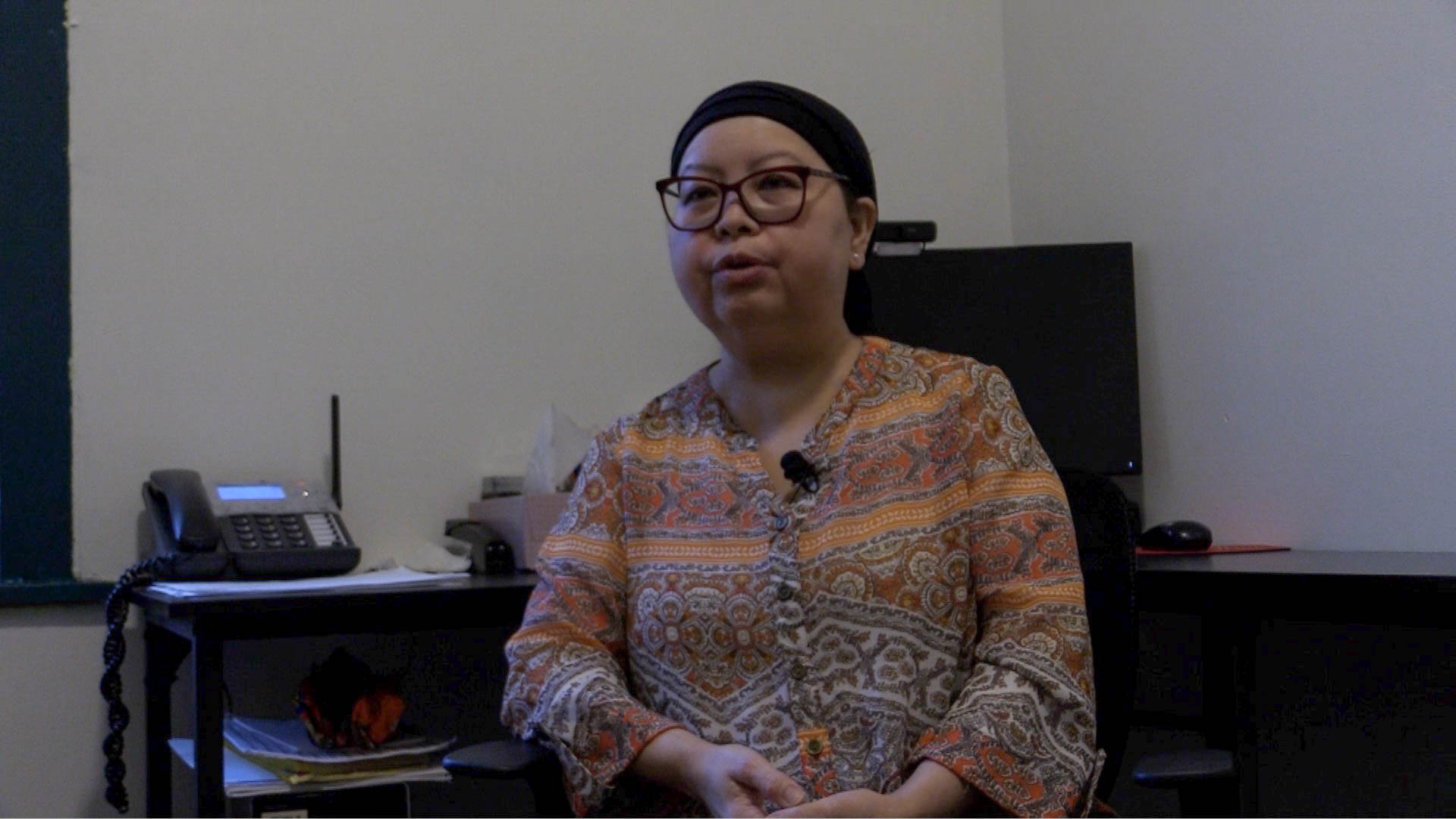
Councilman James Sanders speaks at the press conference on unemployment on March 24. Photo by Simon McCormack
City councilman James Sanders Jr. said he knows the city spends tens of millions of dollars trying to create jobs in New York. Even so, he said more can be done to help the city’s struggling unemployed.
“We know that the city is not unwilling to deal with this issue,” Sanders said. “So we want to find out — what is the city doing about it?”
Sanders spoke at a press conference yesterday. He was joined on the steps of City Hall by councilwoman Diana Reyna and councilman Jumani Williams. With unemployment in the Big Apple near 10 percent, council members insisted there are more tools the city can use to help jobless New Yorkers get back on their feet.
Reyna expressed concerns that the city agencies geared toward growing the economy and stamping out unemployment were not in lockstep with each other. Reyna insisted that more New Yorkers will find jobs if these agencies work together.
“If we can tie them together and better synchronize their efforts, then we can certainly take a different approach in addressing our unemployment rate,” Reyna said. Reyna praised the efforts underway at Workforce1 Centers, city-run facilities in all five boroughs designed to provide career training and placement services to residents. She said companies doing business with the city should be required to post job openings at Workforce1 sites.
The postings would be a way of partnering companies that need labor with well-trained people looking for work, Reyna said.
“New Yorkers are not necessarily being linked to the places where job opportunities are occurring,” Reyna said.
The days of New York’s enormous factories may be over, Reyna conceded, but industry need not leave the city altogether. The councilman said city-owned industrial buildings should be subdivided so that smaller companies who can’t afford to rent sprawling buildings can move in.
“We cannot allow these buildings to sit idle while developers, who claim hardship, convert these buildings into condos,” Reyna said. “We must protect them and spur them into the opportunity for affordable industrial space.”
In her annual report this February, Council Speaker Christine Quinn mentioned the need to create a New York City High-Tech Connect. The project would link high-tech entrepreneurs with the resources needed to create profitable businesses. Reyna said she’d like to see that idea gain traction. But when asked whether they were confident other council members would back their proposals, Sanders offered only an indirect response.
“The Council is easy to speak for,” Sanders said. “We are the people’s voice, and we will be the people’s response.”
It was also unclear whether Mayor Michael Bloomberg was likely to agree with the council members’ recommendations. When asked whether Bloomberg was on board, Sanders said, “We look forward to hearing what the administration is going to say, and more importantly, what we are jointly going to do.” Bloomberg’s spokespeople did not return calls for comment.
No one from the mayor’s office attended the press conference, and only a handful of non-politicians or press showed up.
“They’re probably out looking for jobs so they weren’t able to join us today,” Williams said in reference to the paltry public turnout.
Sanders said he and his fellow council members were not interested in lambasting the administration for failing to effectively deal with the growing number of unemployed. The Queens Democrat said he’s simply looking to improve the city’s response to the problem.
“We’re going to look at a lot of different parts of the puzzle to see if they’re working together,” Sanders said. “If they’re not, we’ll find out why not.”
